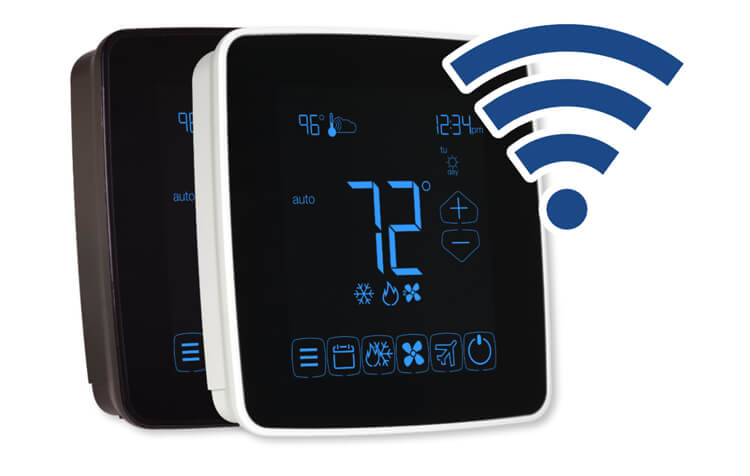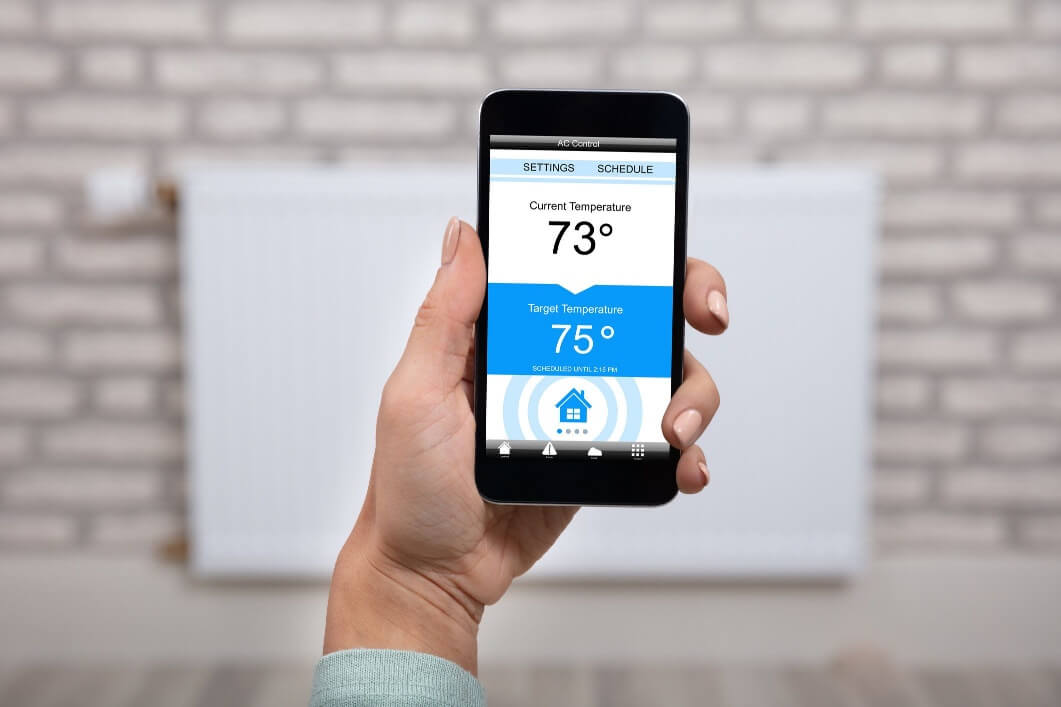
In industrial/commercial HVAC applications, HVAC controls include valves, switches, and dampers that regulate temperature, humidity, energy, and pressure. Temperatures are controlled by room thermostats in both home and business settings.
For residential or industrial HVAC and refrigeration systems, temperature controls sustain a specified setpoint temperature. In manufacturing, commercial, and industrial operations, process thermostats regulate the temperature of air, liquids, and gases. To control the heating or cooling inside a space, smart thermostats and retrofit kits sense the air temperature and modify the air pressure in the system.
However, if you are looking for a home thermostat, it means that you have spent some time looking at and managing your house thermostat if you have certain heating and cooling needs to be comfortable.
This useful little gadget regulates your home's heating and cooling systems, which are the two appliances that consume the most energy and have the most influence on your convenience and quality of life. In these days of escalating energy costs, it's worth checking out how your thermostat works. It's incredibly easy and features some fascinating stuff, believe it or not. Although, because of the initial expense of installation, many homeowners are reluctant or unable to make the switch to programmable thermostats and system zoning. This is a valid issue for anyone who isn't building a new house or upgrading an old HVAC system, but there are alternatives.
But, first things first, do you always need to have a new thermostat installed?

Not necessarily, but any reputable HVAC professional will check that your thermostat complies with all applicable state and municipal regulations. Because many older thermostats are not, it's a legal requirement to have a new one installed whenever your HVAC system is replaced. This is a positive thing, as we'll see in a moment because modern thermostats provide you with more control over your system.
The wiring is the next item on an HVAC installer's checklist. Your furnace, air conditioner, or heat pump must all be connected to a thermostat. However, dependent on the intricacy of the network and whether you have supplementary equipment attached to the thermostat, such as humidity-control devices, extra cabling is required.
The necessary wiring is already installed in most homes. In most cases, no more effort is required. However, for the thermostat to work correctly, a new wire must be connected between the device and the thermostat. It is unlikely that you will need the services of an electrician; instead, your HVAC installation or service professional will be able to assist you.
Most households are familiar with thermostats that include programmable options. They will enable you to establish temperature-control regimens. This is the most basic degree of control provided by almost every modern thermostat, which is also abreast with many prior generations of HVAC equipment.
Most households now have a Wi-Fi signal, and most phones can connect to Wi-Fi at various businesses and hotspots. Many gadgets can now connect to Wi-Fi and gain access to the internet. Thermostats are no different.
What is the benefit of this? Remote access to your machine will be the most important. Any Wi-Fi thermostat will come with an app that allows you to program, adjust, and monitor your home system.
The typical case is a household that keeps forgetting to switch off (or at the very least turn it down) the equipment while on vacation. Rather than spending lots of money to heat or cool an empty house, you can command the system to turn off from afar (or at least run less often).
On a daily basis, it provides for a great deal of adaptability for people with erratic schedules.

